Cozumel Shipwreck
The Wreck of the San Francisco de Sales on Cozumel, April 5, 1761
Ric Hajovsky Shares a Great Cozumel story….
Copyright Ric Hajovsky 2018
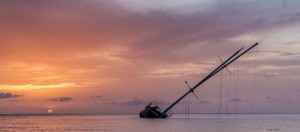
Manuel Rivero González owned a fleet of cargo vessels which he used to haul freight and passengers between Cadiz, Spain and ports in the New World during the 1700s. One of Rivero’s ships was named San Francisco de Sales (nicknamed Tetis), a ship captained by Rivero’s son, José Antonio Rivero Cordero. Manuel Rivero acquired the 476 ton, French-built vessel from Fernando Arnaud and overhauled it, resulting in a 500 ton ship armed with 20 cannons to fend off English pirates.
After departing Cadiz on September 2, 1760, the Tetis arrived in Cartagena de las Indias (Colombia) with a shipment of goods and 34 Jesuit priests from Cadiz in early November. It took a while for the captain to secure a contract for a return cargo to augment the small load of silver he was taking from Cartagena to Cadiz, but by March he had arranged to carry some passengers to Veracruz then pick up a load of sugar in Havana to deliver in Cadiz. He set off from Cartagena in route to Havana in late March of 1761, but after over a week of calm seas and little headway, the winds suddenly picked up and through the fault of a careless pilot, the Tetis ran aground on the east coast of Cozumel on April 5. No one was hurt in the wrecking event and over one hundred crew and passengers abandoned the vessel, carrying all of the silver to shore for safekeeping.
Two days after the wreck, a small group of the Tetis’ stranded crewmembers and a couple of prisoners being transported
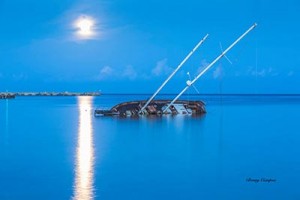
to Havana aboard the Tetis spread the word that there were “Wild Indians” on Cozumel and that these Indians were on their way through the jungle to attack the crew’s encampment. The rumor was started with the intention of causing pandemonium in the hope that during the confusion, the small group of plotters could steal the silver and carry it away in the ship’s longboat.
The captain got wind of the plot and ordered the group put in chains and sentenced the ringleader to death by gunshot. The silver was saved and the ringleader begged for mercy, which was granted at the very last moment as the executioner was preparing to fire. Although most of the crew sided with the captain in this small mutiny, they were an unhappy lot, and held Rivero at fault for their predicament, even though it was the pilot who caused the wreck.
Cozumel was not a busy port in the 1700s, but ships did pass by frequently and some would stop to trade with the islanders and logwood cutters living there. One of these passing ships carried the news of the wreck to Campeche, where Manuel Rivero’s son in law, Miguel Antonio Armida, was living at the time. Armida owned Nuestra Señora de la Concepción (a.k.a. El Victorioso), a ship he built in Campeche two years earlier. Upon hearing news of the wreck of his father in law’s Tetis, Armida gathered up the equipment and small vessels he needed and set off from Campeche in July of 1761 in El Victorioso to salvage the Tetis’ cargo and equipment and rescue the crew who were stranded on Cozumel.
In July, Armida and his salvors arrived in Cozumel. The Tetis was stripped of everything of value, including cannons and anchors and all the shipwrecked sailors and passengers were loaded aboard the Victorioso and carried to Veracruz. Once safely there, the passengers all demanded a refund for the 1,200 pesos they each paid for their transport to Havana as well as compensation for lost baggage (which, judging by the values claimed must have been Luis Vuitton bags full of Hermes scarves!) and recompense for their troubles and lost time. The crew also filed suit for unpaid wages, lost
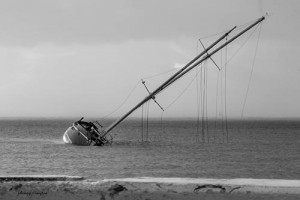
baggage, and room and board until those amounts were paid in full. The Tetis had been insured, but by the time all the exaggerated claims had been paid, the amount paid out far exceeded what the insurance covered. With the costly wreck of the Tetis, the shipping company that Manuel Rivero González had built from scratch began to flounder, and soon was bankrupt.
On October 26, 1761, the rescued captain of the Tetis, José Antonio Rivero, wrote a letter to his father from Campeche, saying: “With God’s infinite mercy, I hope to never again be forced to eat lizards in Cozumel or any other place, nor ever again be so hungry with so little to eat.”
Ric Hajovsky’s newest book, The True History of Cozumel, is available in English as a paperback or Kindle eBook on Amazon.com
El naufragio del barco San Francisco de Sales en Cozumel en Abril 5, 1761.
Ric Hajovsky comparte una gran historia de Cozumel. . .
Derechos de autor 2018, Ric Hajovsky
En los años 1700 Manuel Rivero González era propietario de una flota de embarcaciones dedicada a la transportación de carga y pasajeros entre Cádiz, España, y los puertos del Nuevo Mundo. Uno de estos barcos, propiedad de Rivero, llevaba por nombre San Francisco de Sales (apodada Tetis) y era capitaneada por su hijo José Antonio Rivero Cordero. Manuel Rivero compró esta embarcación francesa de 476 toneladas a Fernando Arnaud y la transformó en un navío de 500 toneladas con 20 cañones para ahuyentar a los piratas.
Después de zarpar de Cádiz el 2 de septiembre del año 1760, Tetis arribó a Cartagena de las Indias (Colombia) a
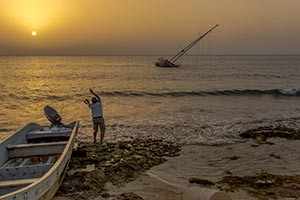
comienzos de Noviembre con un cargamento de mercancías y 34 sacerdotes jesuitas procedentes de Cádiz. El capitán tardó algún tiempo en obtener un contrato con carga para regresar incrementar así la pequeña carga de plata que transportaba de Cartagena a Cádiz, y para Marzo había logrado hacer los arreglos para trasladar a algunos pasajeros a Veracruz, luego recoger una carga de azúcar en La Habana para entregar en Cádiz. A fines de Marzo de 1761 zarpó de Cartagena con destino a La Habana; sin embargo después de una semana de buena mar y poco avance, los vientos repentinamente se levantaron y por culpa de un piloto imprudente, en Abril 5 la Tetis encalló en la costa oriental de Cozumel. Nadie salió lastimado en el naufragio, y más de cien personas entre tripulantes y pasajeros, abandonaron la embarcación llevando consigo hacia la costa toda la plata para salvaguardarla.
A dos días del naufragio, un pequeño grupo de tripulantes varados de la Tetis y un par de prisioneros que estaban siendo transportados hacia La Habana corrieron la voz que en Cozumel habían “indios salvajes” y que éstos estaban en camino para atacar el campamento de la tripulación. El rumor comenzó con la intención de causar caos con la esperanza que, durante la confusión, el pequeño grupo de confabuladores pudiera robarse la plata y llevársela en la lancha del navío.
El capitán se enteró de la conspiración y dio órdenes de encadenar al grupo sentenciando a muerte por disparo al cabecilla . Lograron salvar la plata y el cabecilla suplico que le tuvieran misericordia; esta fue concedida en el último momento cuando el verdugo estaba a punto de disparar. No obstante que la mayoría de la tripulación estaba del lado del capitán, eran un grupo disgustado que culpaba a Rivero por el predicamento en el que se hallaban, a pesar de que el piloto fuera el causante del naufragio.
Durante los años 1700 Cozumel no era un puerto con mucha actividad, pero con frecuencia se detenían barcos que comerciaban con los isleños y con los taladores de palo de tinte o palo de Campeche radicados ahí. Una de estas embarcaciones que por ahí pasaba, llevó a Campeche noticias sobre el naufragio. Por ese entonces Miguel Antonio Armida, yerno de Manuel Rivero, vivía ahí. Armida era propietario de Nuestra Señora de la Concepción (conocido también como El Victorioso), un barco que él construyera en Campeche dos años antes. Al enterarse del naufragio del barco Tetis, propiedad de su suegro, Armida reunió equipo, pequeñas embarcaciones que necesitaba y en Julio de 1761 partió de Campeche abordo de El Victorioso para realizar el salvataje de la carga y equipo del navío Tetis y también para rescatar a la tripulación que se encontraba en Cozumel.
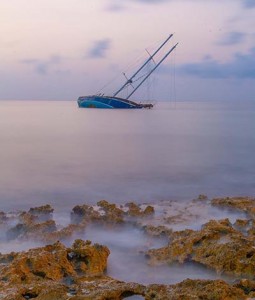
Armida y su grupo de rescatistas llegaron a Cozumel en Julio. De la embarcación Tetis se sustrajo todo lo valioso incluyendo cañones y anclas, y subieron a todos los marineros y pasajeros naufragados a bordo de El Victorioso para ser transportados a Veracruz. En cuanto se encontraron salvos ahí, todos los pasajeros exigieron les fueran reembolsados los 1,200 pesos que cada uno había pagado por su transporte a La Habana, así como una indemnización por equipaje perdido (que, a juzgar por los valores reclamados, ¡debían haber sido equipajes marca Louis Vuitton llenos de bufandas marca Hermes!) y ser recompensados por los problemas causados y el tiempo perdido. La tripulación también entabló una demanda por salarios no pagados, por equipaje perdido, por alojamiento y comida, hasta el momento que dichas cantidades fueren cubiertas en su totalidad. La embarcación Tetis contaba con seguro, pero para el momento que se pagaron todas las exageradas reclamaciones, el monto pagado era muy superior a lo que abarcaba la cobertura del seguro. Con el oneroso naufragio del barco Tetis la compañía naviera que Manuel Rivero González había desde la nada luchaba por mantenerse a flote y en poco tiempo cayó en bancarrota.
El 26 de octubre de 1761 el capitán rescatado del barco Tetis, José Antonio Rivero, escribió desde Campeche una carta dirigida a su padre diciendo: “Con la infinita misericordia de Dios, espero nunca más verme obligado a comer lagartijas en Cozumel o en cualquier otro sitio, y nunca más estar tan hambriento con tan poco para comer”.
El libro más reciente de Ric Hajovsky, La Verdadera Historia de Cozumel, está disponible en inglés o espanol a través e Amazon.com en tapa blanda o libro electrónico Kindle.
- Punta Celarain Cozumel History - April 17, 2024
- Cruise Ships Cozumel - December 6, 2018
- Mexican History – Mexican Flag - September 6, 2018
Cozumel Punta Sur Road Repair
Cozumel Punta Sur Road Repair Cozumel’s Punta Sur Road to Have...
Mexican History 3 Kings Day
Mexican History 3 Kings Day The Significance of January 6th & February...
New Year’s Traditions Mexico
New Year’s Traditions Mexico New Year’s Traditions and Rituals in Mexico....
Mayan Weather Predictions
Mayan Weather Predictions Honoring Traditions: “Las Cabañuelas,” Mayan Weather Predictions The weather...



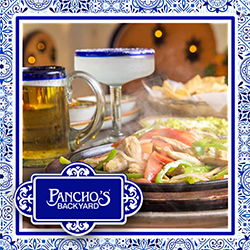


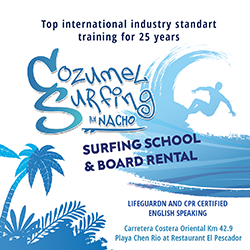
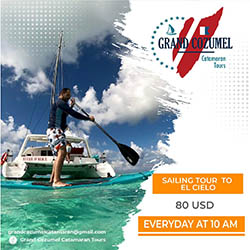

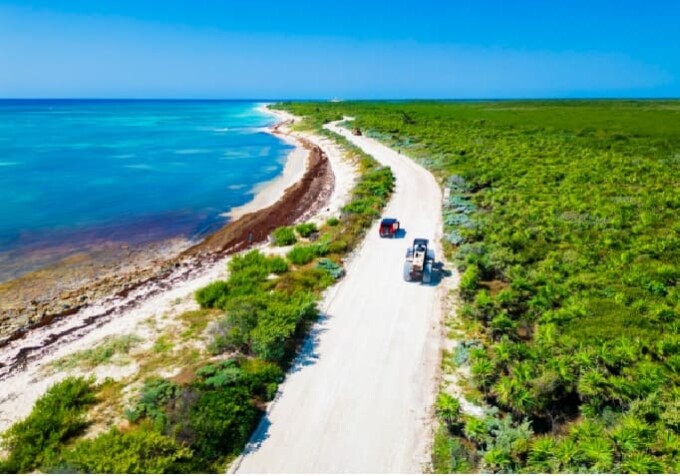


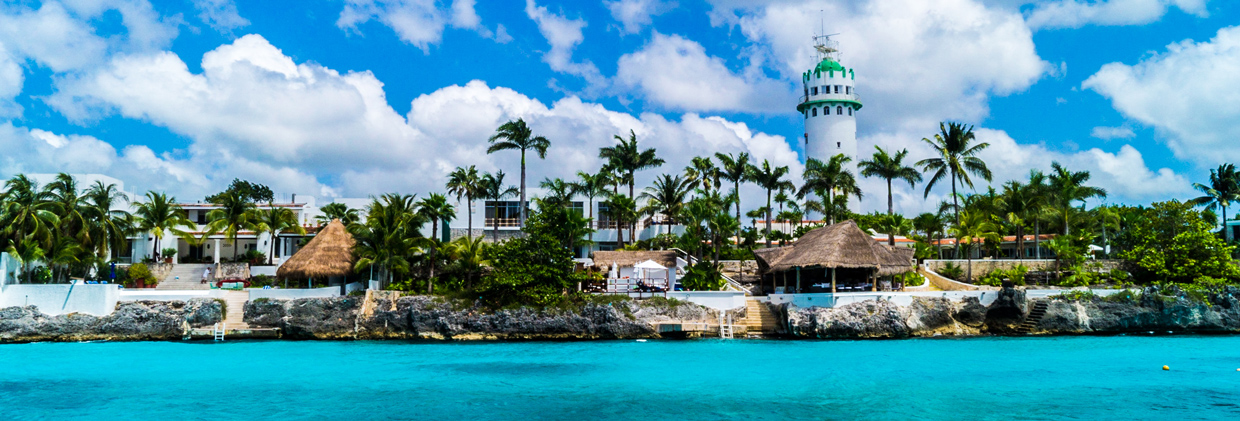





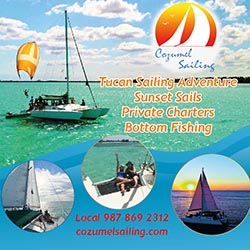
Leave a comment